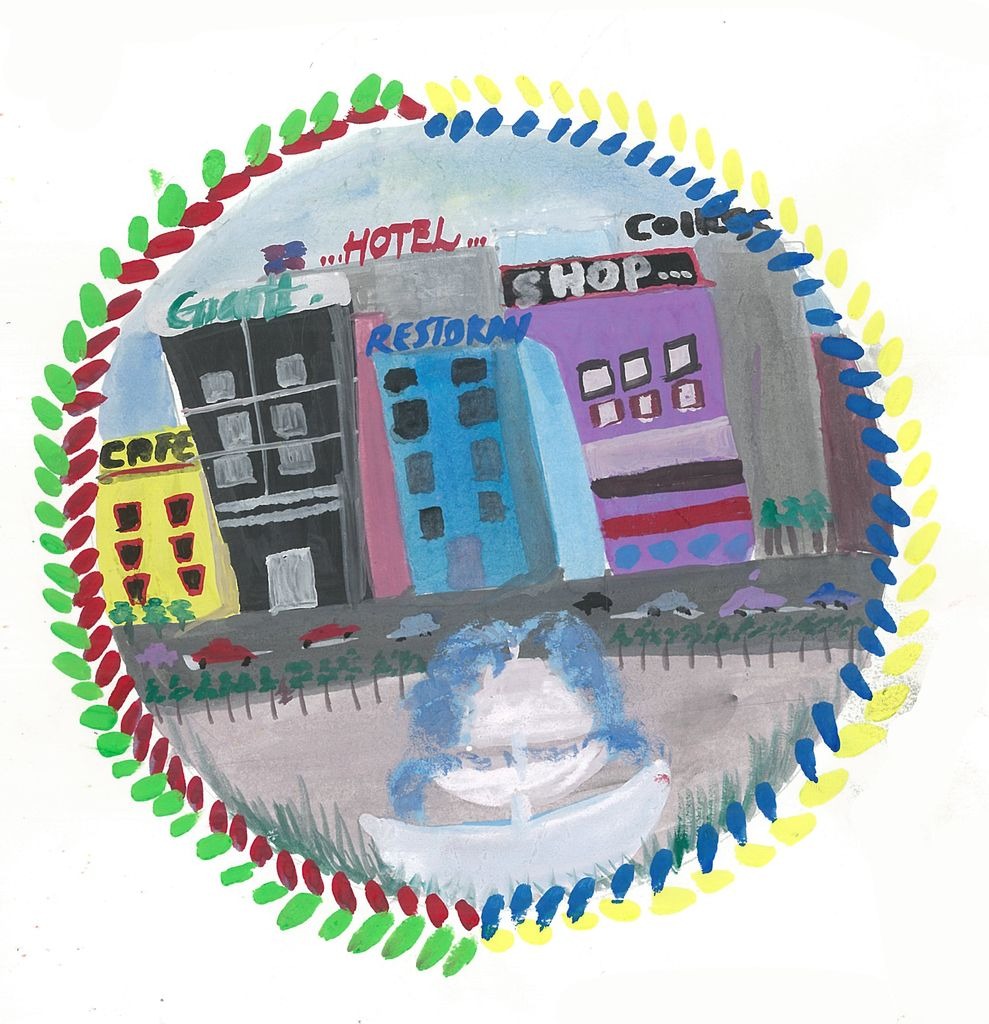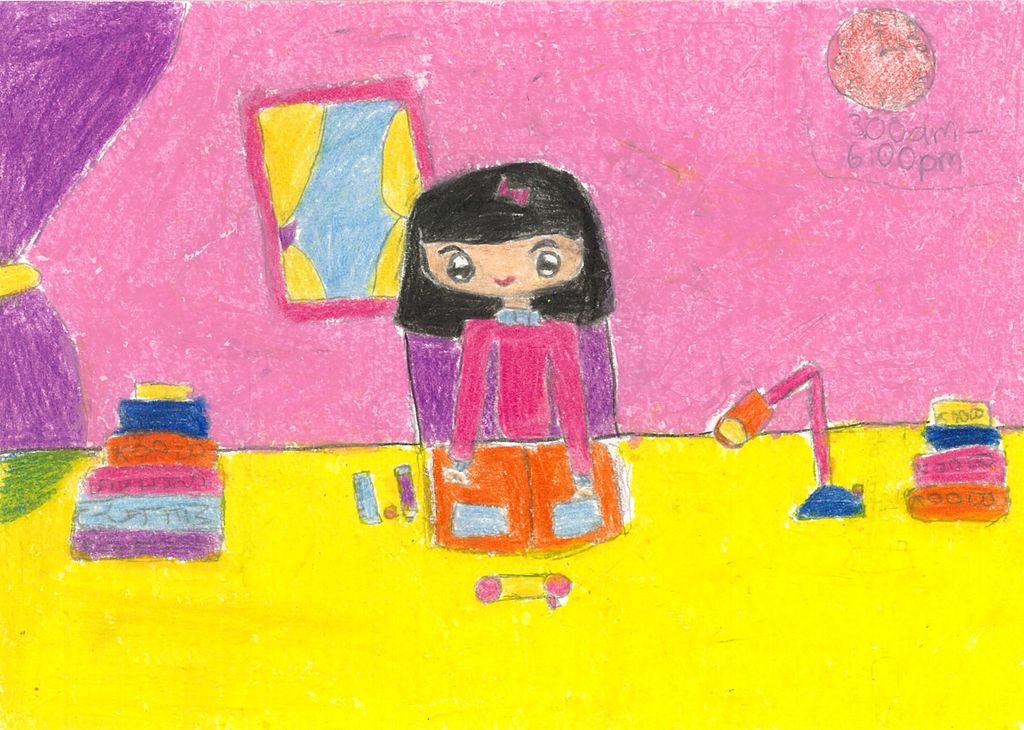
Art should be enjoyed by all. However, groups such as the B40 Indian community face numerous hurdles in gaining accessibility to the scene.
By MIRA S. for Lensa Seni
With art being an industry that celebrates one’s self-expression, that articulation should not be reserved for only a select few. All those willing to express themselves should be heard. However, there are certain demographics that face intense currents when it comes to participating in art. Koggelavani Muniandy, founder of GoodKids, shares her thoughts on the adversities faced by B40 Indians and how her foundation uses art to help them navigate their feelings.
Hurdles in achieving optimal accessibility
Being a part of the Malaysian arts scene is a dream for some. However, minority kids such as B40 Indians face multiple layers of obstacles that prevent them from getting the opportunities they deserve. “The main barrier these kids face is the language barrier,” Koggelavani says. A huge fraction speaks Tamil fluently, as it is their mother tongue. This beautiful language is used in every conversation with their parents and friends while also being used in schools, especially for those who attend vernacular schools.
“A significant portion of B40 Indian kids are very much exposed to Tamil movies and songs. The entertainment they consume is almost always in Tamil. This could mean their grasp of English is limited,” Koggelavani says. With English being widely used in the arts industry, this creates a barrier for kids who are not fluent in the language and can result in hesitation and low-self esteem, preventing them from participating. In an ideal world, speaking a different language should not inhibit people from sharing their stories and their art. Expressions in all forms should be welcomed.

Most art programmes that expose young children to the basics of theatre, painting, music or art are usually in English or Bahasa Melayu, which excludes Tamil-speaking kids from the equation. To add to that, art classes are usually accompanied by a steep price tag. “Attending art classes is a luxury, those from low income families are not subject to that privilege,” says Koggelavani.
It isn’t just language that affects self-esteem and hinders accessibility. A lot of the kids that Koggelavani cares for have low confidence levels when it comes to tapping into their true artistic potential. “When you are discriminated against on many levels, art is no longer your priority. Many kids perceive their art as not good enough because they are never told of their worth,” she says. The kids also feel that the arts scene is not about them. “There are a lot of cultural roots to classical music, dance and theatre. A lot of these kids do not have access to the pricey classes, schools and education that teaches these aspects in depth, preventing them from relating to the art. They relate to singers who speak in the same lingo and slang as them, because that is what they can understand,” she says.
The role of GoodKids in honing these children’s artistic side
Creating accessibility to programmes and demolishing the language barriers are two key components in ensuring that B40 Indian kids can participate in art. GoodKids has introduced multiple programmes to foster the kids’ artistic skills, the first of which was the “bucket drums programme”. “We use recycled buckets and encourage them to show their musical potential. We try to make our programmes as accessible as possible, so recycled buckets are a great option,” she says.
GoodKids also launched an exhibition titled ‘Apa Pandang-Pandang‘, held online during the lockdown, where kids were encouraged to paint what they saw at home. “We saw some extremely sad drawings of what their home life was. These were raw and very real images of their home life,” she says. The paintings were then displayed.

Koggelavani says that the use of art to help these kids through their struggles has been a heartwarming experience. “We see them expressing themselves, being comfortable with their identity and being more open with their problems. They also are given the chance to realise that they are worth it, and that they have potential.” She says: “We believe in them and hope that providing artistic opportunities will help them in getting good jobs and going to college.”
Mira S. is a participant in the CENDANA ARTS WRITING MASTERCLASS & MENTORSHIP PROGRAMME 2021
The views and opinions expressed in this article are strictly the author’s own and do not reflect those of CENDANA. CENDANA reserves the right to be excluded from any liabilities, losses, damages, defaults, and/or intellectual property infringements caused by the views and opinions expressed by the author in this article at all times, during or after publication, whether on this website or any other platforms hosted by CENDANA or if said opinions/views are republished on third party platforms.
